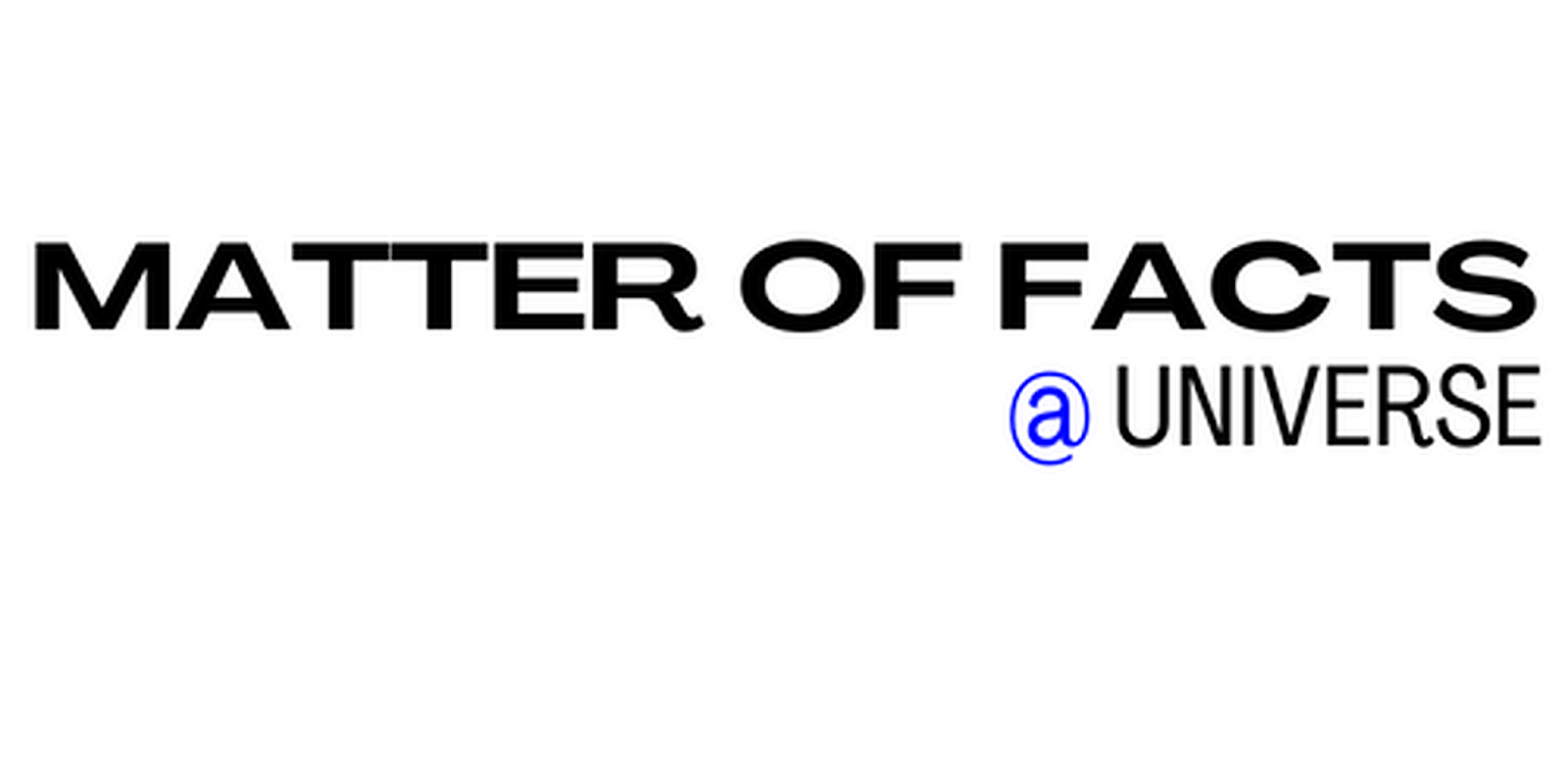 |
| Image by WikiImages from Pixabay |
How much do you know about the soft blue marble that stands as our planet? Here are 100 things you need to know about Earth and life on Earth, spanning from how our planet originated to the number of
species
Here are some interesting facts about Planet Earth:
1. The non-mythological etymology of Earth is distinct from other planets.
The only planet in our solar system whose name is not derived from Greek or Roman mythology is Earth.
2. The Old English word eorþe. is the root of the word "Earth."
"Ground, soil, dry land" is just what "eorþe." implies. The difference between our world, the underworld, and the skies was formed using the same word. This was before the concept of planets as we understand them today. The murky history of a word may be attributed to the fact that we needed a term to refer to our planet before we even knew what a planet is. It is difficult to pinpoint who originated the word "earth" or any of its prefixes to designate the astronomical object called the earth. Most certainly, as our modern science increased, one usage simply blended into another.
3. You are in this place (astronomically)
The third planet in our solar system from the sun, Earth is located in the Milky Way galaxy.
4. It takes some time for sunlight to reach Earth.
NASA believes that this really takes direct sunlight eight minutes to reach Earth.
5. The sun is a single astronomical unit from Earth.
It's not a coincidence; in the past, an astronomical unit simply measured the average distance between the Earth and the sun. It provided scientists with a shortened method of expressing distance. California is about.00003 astronomical units from New York.
6. Earth's oldest maps trace over thousands of years.
Maps have existed maps for an extremely long time. The oldest known maps stretch thousands of years; one among them is thought to be a star map found in France's Lascaux caves that goes back to 14,500 BCE.
7. A mammoth tusk could have an ancient map carved onto it.
There could also be a 25,000 BCE mammoth tusk with such a map of the local landscape features of what is today the Czech Republic. The operative word here is "maybe," as it can be difficult to differentiate between plotted maps and abstract paintings when studying thousands of year-old carved tusks. Nevertheless, those who support the 27,000-year-old tusk map exist.
8. Initially, jigsaw puzzles were just trimmed maps.
When they were first developed, in about 1760, crossword puzzles were used to educate kids about geography by linking foreign countries to create a global map
9. The Babylonian World Map, which belongs to the 6th century BCE, is the earliest globe still very much in circulation. The annotated picture of the known world, centred on the Euphrates River, is found on the clay tablet. The British Museum is where it's currently kept.
10. Maps using the Mercator projection are particularly useful for sailing.
Even modern maps aren't perfect—far from it and the Babylonian World Map wasn't very accurate either. The Mercator projection serves as the foundation again for a common map that we all probably retain in our minds. This map stretches the area of regions nearer the poles while preserving the geometry of land masses. It has traditionally been the recognized map model, although it is primarily helpful for sailing and fails to accurately depict the proportion of objects.
11. Greenland could be much smaller than you imagine.
Some nations, such as Greenland, are distorted in size by Mercator projections, giving the impression that they are enormous. In your mind, Greenland certainly resembles Africa in size, but in actuality, it is closer to the size of the Democratic Republic of the Congo. Africa could fit around 14 Greenlands.
Because of how inflated Antarctica appears due to the Mercator projection, most publishers opt to exclude it, which frequently results in world maps with Europe close to the vertical centre. Even while "being in the middle of the earth" is kind of the equator's thing, it can end up being about two-thirds of the way down the map.
12. Some people see cartographic decisions as political allusions.
Some people see these distortions as making an underlying political message. An official explained the decision to discontinue buying Mercator projection maps for classroom use in Boston public schools as part of an effort to get past a "view that is highly Eurocentric."
Marianne Franklin, a professor of Global Media and Politics at Goldsmiths, University of London, expressed a more strident criticism of Mercator's projections, stating that they "underpin the ongoing Anglo-Euro-American presumption that the world belongs to them, and pivot around these geo-cultural axes."
13. There are benefits and disadvantages to the Gall-Peters projection.
The Boston public school system made the decision to begin buying maps using the Gall-Peters projection because it provides a more precise representation of size and area. However, because it changes the forms of continents, it has its own disadvantages. Professor Matthew Edney of the University of Southern Maine and other cartographic historians prefer the Eckert IV projection because it maintains proportionality without significantly altering the form of the continents like Gall-Peters does. The truth is that it is practically impossible to correctly portray a three-dimensional planet in a two-dimensional area.
14. The first globe to be made was by Crates of Mallus.
According to legend, a philosopher named Crates of Mallus from Cilicia made the first globe in 150 BCE. Pythagoras had a spherical Earth in mind circa 500 BCE, but if anybody had attempted to construct a globe at that time, the proof has been lost to history.
15. Aristotle recognised the Earth's oblique shape.
Aristotle, a Greek philosopher, proved that the Earth wasn't flat around a century and a half later. He described how varying latitudes resulted in seeing various stars in the sky, something that wouldn't happen on a flat Earth.
16. Eratosthenes established a ballpark figure for the size of the Earth.
Eratosthenes calculated a reasonable estimate of the Earth's diameter using observations of the height of the sun as it rose in two distinct Egyptian towns and some very straightforward math. His assessment was accurate despite his relatively rudimentary approaches. More than 2000 years ago, that happened.
17. German astronomer Martin Behaim built the earliest extant globe in 1492.
The Erdapfel globe, which translates to "Earth apple," is a significant historical artefact that illustrates our simultaneously comprehensive and constrained knowledge of the planet. There are several inaccuracies in it, including a few imaginary islands in the Atlantic. Give Behaim a break though; he didn't have Google Earth to double-check his facts.
18. Pocket globes used to be popular.
A pocket globe, a little 2- to the 3-inch globe that fit nicely alongside a pocket watch, was considered fairly stylish for middle-class "men of the world" to carry around throughout the 18th and 19th centuries.
19. Eartha is the name of the biggest globe in the world.
On the opposite extreme, Eartha, which has a diameter of slightly over 41 feet, is the largest globe in the world. In Yarmouth, Maine, it is presently kept in an atrium. It was created by the DeLorme mapping company. It received the title of Largest Revolving Globe in the World from Guinness World Records in 1999. That record is still held by Eartha.
20. Earth has also served as a prolific setting for science fiction.
The dangers of travelling deep into the Earth are depicted in Jules Verne's 1864 novel Journey to the Center of the Earth, in which the heroes run into Jurassic marine creatures.
The crust, the Earth's topmost layer, is primarily made up of one type of rock.
21. Earth's age is around 4.54 billion years.
The Earth was a roughly homogenous ball of hot rock 4.5 billion years ago. The estimated age of the Earth is 4.54 billion years, plus or minus 1%. That figure was determined by observation, radiometric dating, and some well-informed speculation.
22. Every continent has been home to rocks that are at least 3.5 billion years old.
Sometimes, geologists search for the oldest rocks they can locate on the planet and use the radioactive isotopes present in such rocks to calculate their ages. On every continent, rocks at least 3.5 billion years old have been discovered, while zircon crystals in Western Australia have a 4.4 billion year age limit. One issue with this approach is that some of the world's oldest rocks may be destroyed and recycled by plate tectonics, making them less effective at ageing the globe.
23. Earth satellite rocks have been dated to between 4.4 and 4.5 billion years ago.
Fortunately, we have a nearby neighbour, the moon, which has many more old rocks to gather since it hasn't been affected by plate tectonics. These moon rocks were gathered by astronauts in the 1960s and 1970s, and some of them were later determined to be between 4.4 and 4.5 billion years old.
24. More than a million plant and animal species have been recognised by scientists.
According to some estimations, there are about 7.5 million undiscovered species on the globe even though scientists have recognised roughly 1.2 million plant and animal species. Some estimate that there are between 1 and 6 billion species on the globe, meaning that we still have a lot of work to do. According to a 2017 article in The Quarterly Review of Biology, a team of researchers from the University of Arizona, Tucson, estimated that between 70 and 90 per cent of all organisms on earth may be bacteria. Earth is still very much an uncharted region in terms of biodiversity.
25. The species of beetles are quite diverse.
Consider the beetles if you desire species diversity. Over 400,000 bug species have been identified by scientists so far, and there are undoubtedly more to come. Therefore, beetles make up between one in three and one in five of the documented living forms on Earth.
===============Author's Corner===============
AWAIS ASHRAF
We firmly believe that everyone has the right to receive information that is based on facts and science, as well as analysis that is grounded in authority and integrity. This is the reason we took a different tack and decided to keep our reporting accessible to all readers, regardless of where they reside or their financial situation. This implies that more people can be better educated, more unified, and motivated to take significant action.
Supporting us simply takes a minute and costs as little as $1. Please think about giving us a recurring monthly donation if you can. I'm grateful.












0 Comments
Dear Readers, i started this blog to share information gathered from Researches and Journals...Accurate Information is being delivered...comment ur suggessions